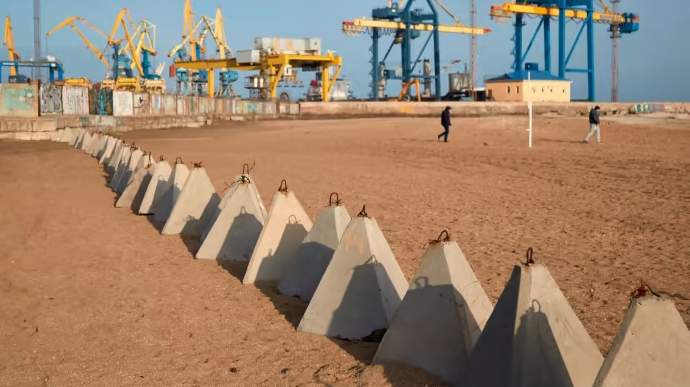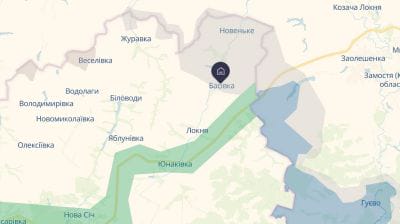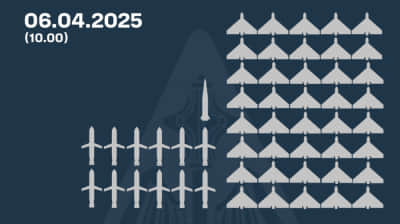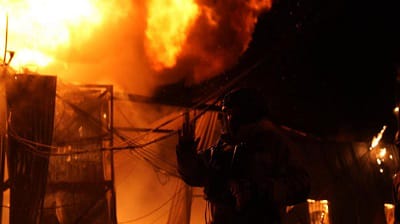Counteroffensive promises to be difficult and risky – FT

American analysts explained that the upcoming counteroffensive by Ukraine could be very difficult, given Russia's readiness and lack of air superiority.
Source: Financial Times
Quote: "On one side will be around 35,000 Ukrainian soldiers, bolstered by western battle tanks.
They will face more than 140,000 enemy troops along a 950km frontline. Separating the two forces will be a deadly obstacle course of mines, earthworks and tank-stopping bollards set by the Russians.
The day is soon approaching when Ukraine will attempt to breach Russia's frontline fortifications…Success or failure will shape the battlefield and determine the strength of Kyiv’s hand in any eventual negotiations with Moscow to resolve the conflict."
Details: However, analysts and military officials warn that the fighting promises to be complicated.
First, breakthrough operations are highly complex, requiring the simultaneous work of all military units – from artillery and tanks to intelligence gathering and engineers.
Added to the difficulties is the lack of air superiority among Ukrainians. The last time Western tanks met Soviet T-72s in Iraq was in 2003, but the US-led coalition had an overwhelming air advantage.
The Ukrainians, the newspaper writes, also lack decisive air cover to stop attacks by Russian fighters that can attack Western equipment.
"The classic approach in a land offensive is to break out into the enemy rear, in one area or several, and deliver a concentrated blow against the enemy’s centre of gravity. Successful examples without air superiority are rare," says Ben Barry, former British armoured infantry battalion commander.
The media notes that the attack's exact location remains a secret that is carefully guarded. Still, one of the strategically important areas for Russia is Melitopol, located near the Azov Sea.
But the Russian army, aware of the risk, has already prepared jagged lines of defence in this region.
According to military analysts, Russian defence usually consists of a minefield followed by lines of pyramid-shaped concrete pillars called dragon teeth to slow the movement of mechanised parts. Behind them is another minefield, after another 400m – a line of trenches and dugouts, and after 500m – an anti-tank ditch.
According to Barry, first, you need to clear the mine strip to pass tanks and equipment, then destroy the dragon teeth, possibly with tanks equipped with ploughs, and at the end pass the ditches using special equipment to create bridges.
The most challenging thing is synchronising the actions of different units and the Ukrainian army. However, analysts say it was able to conduct small-scale manoeuvres and has limited experience in combined-arms operations of this scale.
In addition, Ukrainian troops, write FT, lost a significant part of their most experienced soldiers, allegedly losing up to 120,000 people.
Quote: "Yet Ukraine's army has been underestimated before, such as when it defied western military assessments last year and pushed back Russian forces from around the capital and then the northeastern city of Kharkiv. Russia has also lost almost twice as many men since the full-scale invasion, according to western assessments. Moreover, Ukrainian troops are better equipped and trained than their foes."
More details: Former British Army officer Glen Grant is confident that if the Ukrainian offensive is brutal and fast, the front would be shaken, the Russians would flee, and defensive structures would become unnecessary.
Journalists fight on their own frontline. Support Ukrainska Pravda or become our patron!





